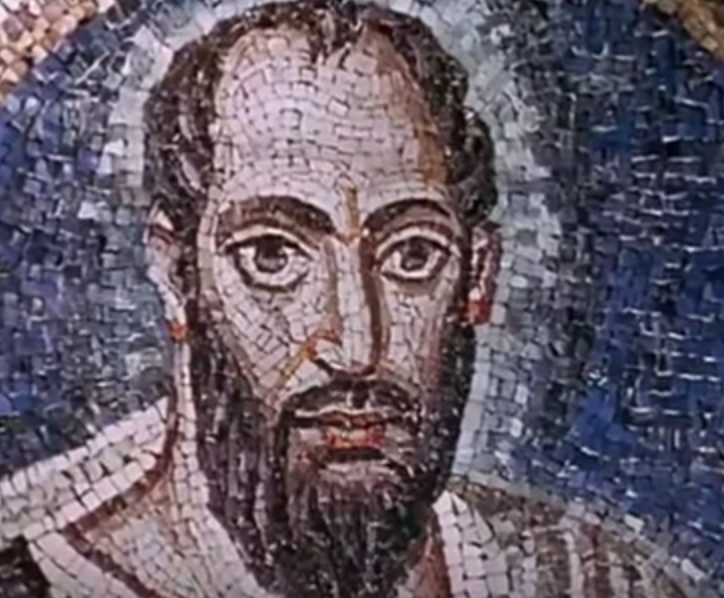
The image of Jesus Needs To Revised To Reflect The Truth
Who was Jesus? Not the debate over whether he was a religious or historical figure, but what did Jesus really look like? Based on his most popular images Jesus is portrayed as a white man in exceptional shape. You would think he grew up in Hollywood and works out five times a day with visits to the plastic surgeon in between. While we can joke about it, there is power in images.
Why Do We Pretend Jesus Wasn’t Black?[/tweetthis]
The way we define our icons creates a group identity. The more we can visually connect to our religious figures the more we gain power from that connection. Conversely, the more a group is removed from a religion the easier it becomes for dehumanization and otherization.
So maybe that is the reason we rarely see Jesus as a black man.
There is clear evidence, both historically and in the Bible. “His clothing was white as snow, and the hair of his head like pure wool.” He is described as having skin “of burnished bronze” or having an “appearance like bronze.” Bible scholar James Charlesworth has stated Jesus was “most likely dark brown and sun-tanned.” Living in Nazareth and being a descendant of the Jews, he could have an olive or light-brown complexion.
The modern image of Jesus began in the 6th century with white skin, a beard, and long hair. This was then carried over to America by European colonists. The association of Jesus with white people, instead of black, made the practice of slavery easier. It probably wouldn’t be easy to explain why a Christian was enslaving millions of people who looked like Jesus. This continued under Jim Crow laws, racial segregation, and continued systemic policies that both explicitly and implicitly denies black people in America the rights and opportunities they deserve.
We need to create a diversity in images of Jesus. First, because it represents the diversity of Christianity. With multiple denominations and a diverse range of worshippers, there needs to be a representation of Jesus representing that. Second, it can be used as a tool for social justice. It can create a cognitive dissonance to have Christians who preach hate but also profess they love Jesus. Third, it is a historical discrepancy that should be changed. What is there to be lost if we include a more diverse range of images? It could actually increase faith and there is no religious doctrine that states that one particular image of Jesus should be used. If images have power, why not share it?
